What Is Amateur Radio?
You can become an Amateur Radio operator - no mater what gender or physical ability and above 14 years of age. People from all walks of life pass their entry-level exams and earn their Amateur (ham) Radio licenses. They all share the diverse world of activities you can explore with ham radio.
You will never know who you will run into when communicating with Amateur Radio. Young people, retirees, teachers and students, engineers and scientists, doctors, mechanics and technicians, homemakers, boaters and astronauts.... and even entertainers! Getting started in ham radio has never been easier! We invite you to explore the following information and learn about amateur radio, and if you are stationed in Penang you can see some of the hams in the Northern area. If you are in some other areas in the country, I can help to give you some of the kind hearted hams nearest to you who will love to share with you how the hobby works.
You too are welcomed to contact non-profit organisations such as The Malay Amateur Radio Society of The Northern Peninsular Malaysia (ASTRA), Malaysian Amateur Radio Transmitter's Society (MARTS) in Kuala Lumpur, the Malaysian Amateur Radio Emergency Services Society, or any amateur radio clubs in your area.
Ham radio operators use two-way radio stations from their homes, cars, boats and outdoors to make hundreds of friends around town and around the world. They communicate with each other using voice, computers and morse code. Some hams bounce their signals off the upper regions of the atmosphere, so they can talk with hams on the other side of the world. Other hams use satellites. Many use hand-held radios that fit in their pockets. Some hams exchange pictures of each other using television. Some also like to work on electronic circuits, building their own radios and antennas. A few pioneers in Amateur Radio have even contributed to advances in technology that we all enjoy today. There are even ham-astronauts who take radio with them on space shuttle missions and thrill thousand of hams on earth with a call from space.
Using even the simplest radio set-ups and antennas, amateurs communicate with each other during emergencies. They handle messages for other public service organisations during all kinds of emergencies including; hurricane, earthquakes, tornadoes and floods, motor accidents, fires and chemical spills, search and
The rules for earning an Amateur Radio license vary depending on which country you live in. In Malaysia, there are 2 license classes. These licenses are granted by MCMC of Malaysia.
The most popular license for beginners is the Class B license, which no longer requires a morse code examination and gives all the priviledge in the VHF band. Many Class B licensees enjoy using small 2-m hand-held radios to stay in touch with other hams in their area. This license holder may operate FM voice, digital packet, television, SSB voice and several other interesting modes. They can even make international radio contacts via stallites, using relatively simple equipment. To earn a Class B license, you will need to pass a written exam . These are multiple-choice test (100 questions - 2 hours), written with beginners in mind. You will study topics such as radio operating practices, telecommunication rules, basic electrical theory and telecommunication act.
The Class A license lets you talk by radio using voice, morse code or computers across all Ham frequencies and bands. To earn a Class-A license you will need to pass a 12 word per minute morse code test, where you will be assessed on the ability to received by ear and transmit using straight key. When the Guideliness of Amateur Radio was published by MCMC on October 2004, they have mentioned that by April 1, 2007, the Morse Code requirement will be abolished. The MCMC is seems to be reviewing this, and chances are we still need to take Morse test at 5 words per minute in the future.
Malaysian Communications and Multimedia Commission @ http://www.mcmc.gov.my
The Malay Amateur Radio Society of Northern Peninsular Malaysia @ http://www.astra.org.my
Malaysian Amateur Radio Emergency Services Society @ http://mares.org.my/
Malaysian Amateur Radio Transmitters' Society @ http://www.marts.org.my
-setinggi penghargaan & terima kasih kepada mereka yang mencipta dan menjana web blog ini -
-terima kasih juga kepada semua pelawat-pelawat yang mengunjungi web blog ini -
-mas raden 2009- hak cipta terpelihara-
The use of the apparatus is subject to the rules and guidelines of the Malaysian Communications and Multimedia Commission(MCMC)


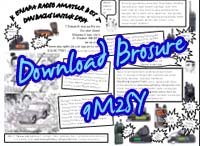
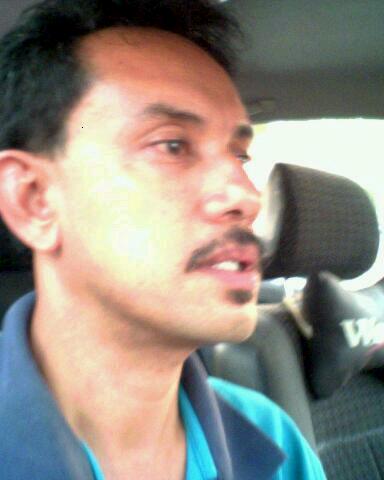



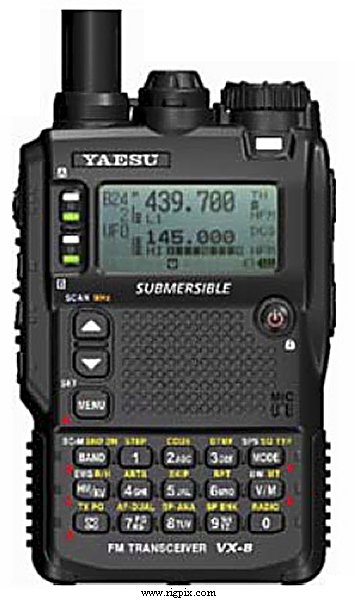
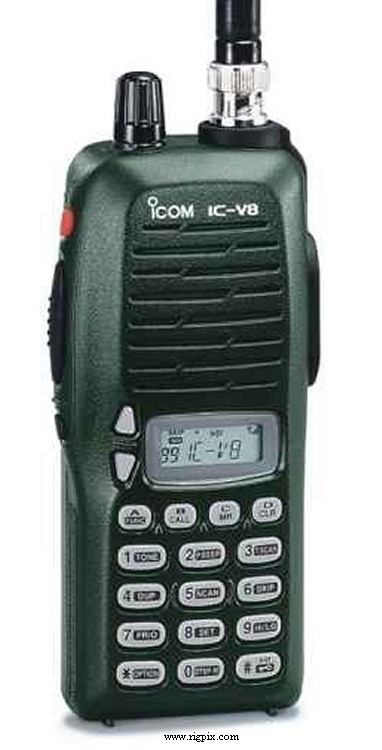
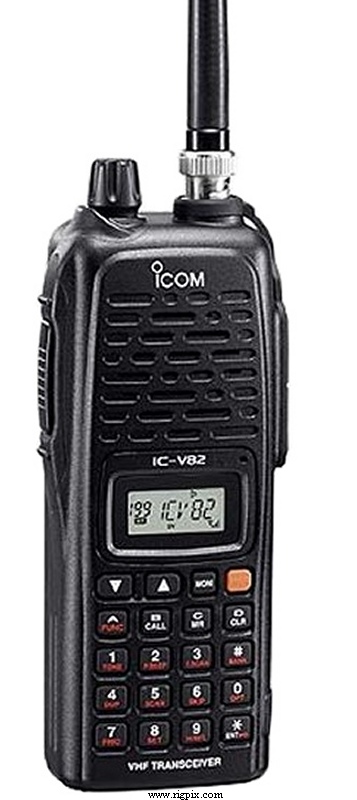
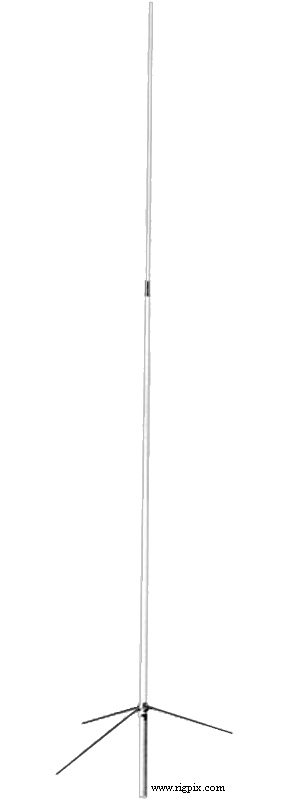
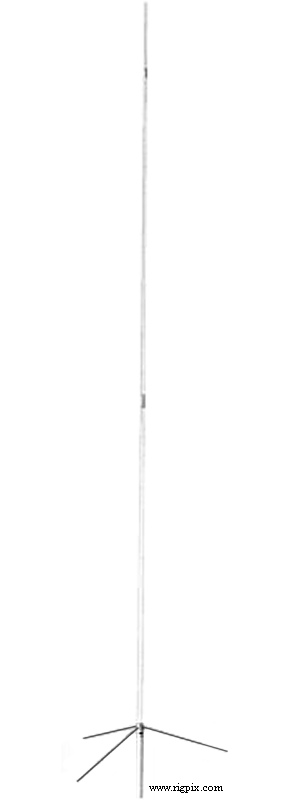








<< Home